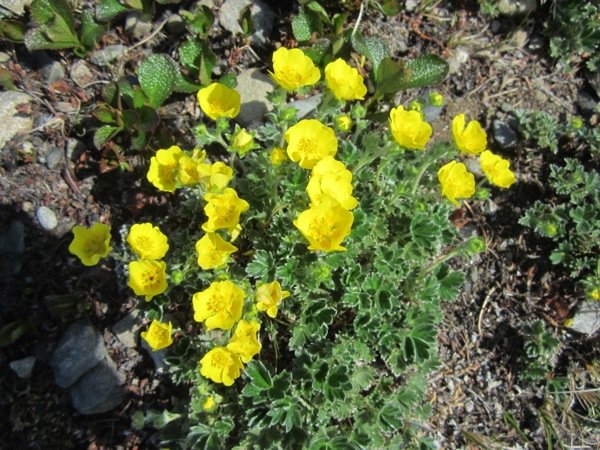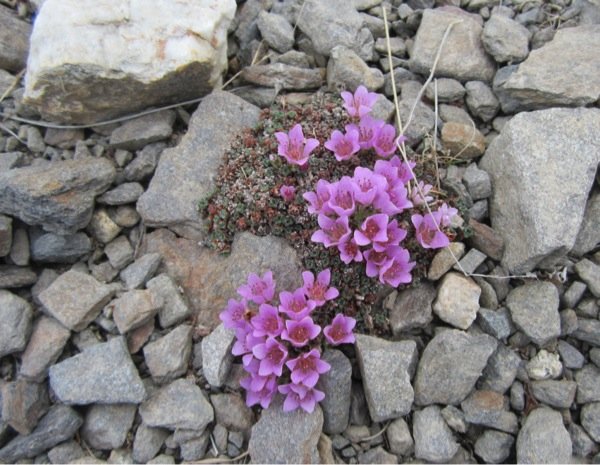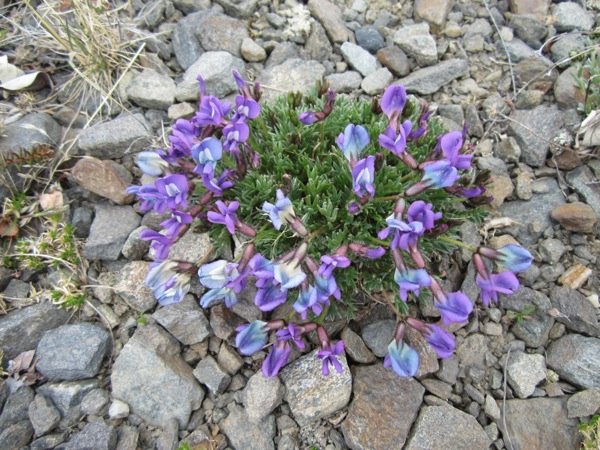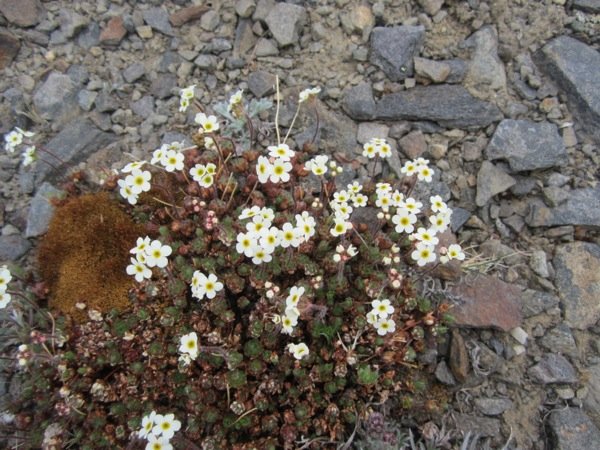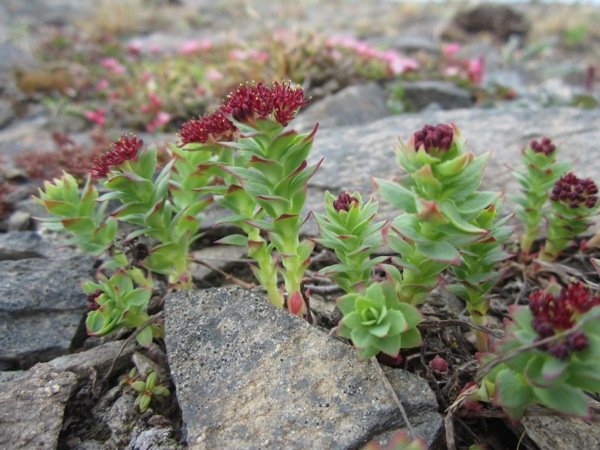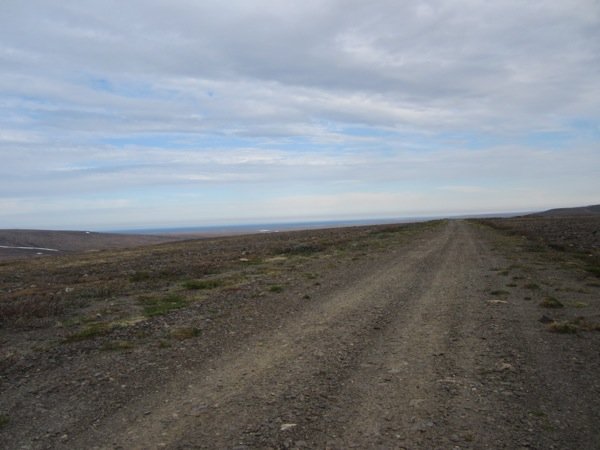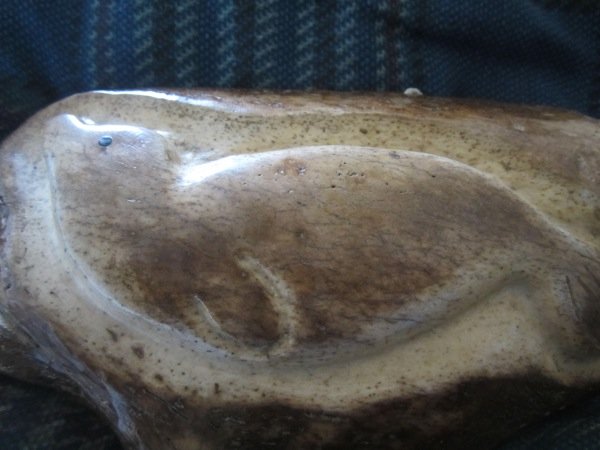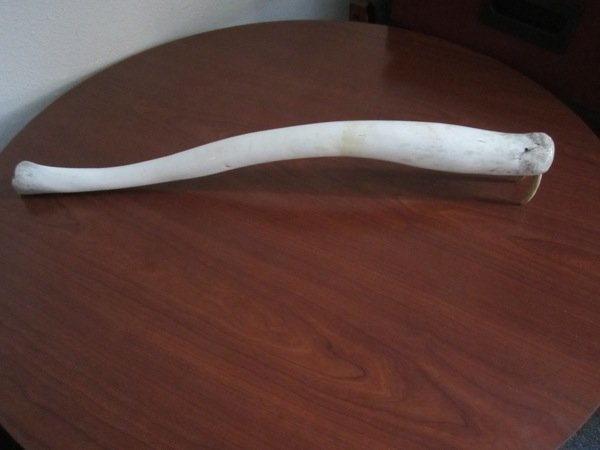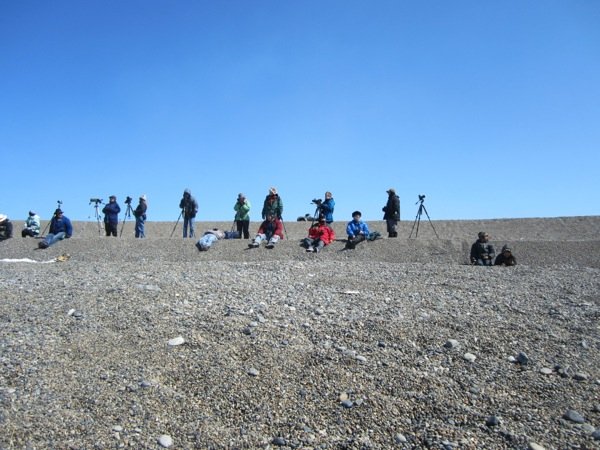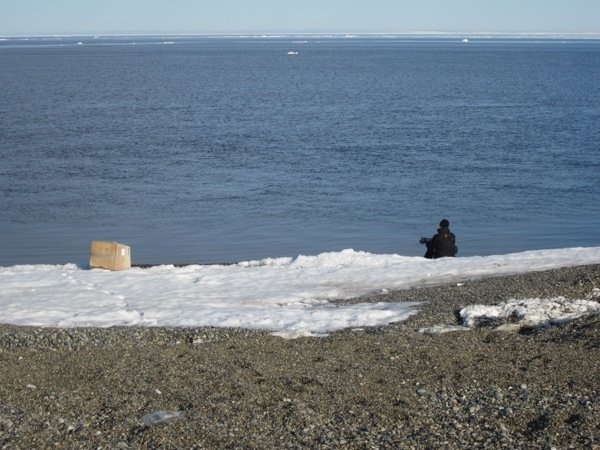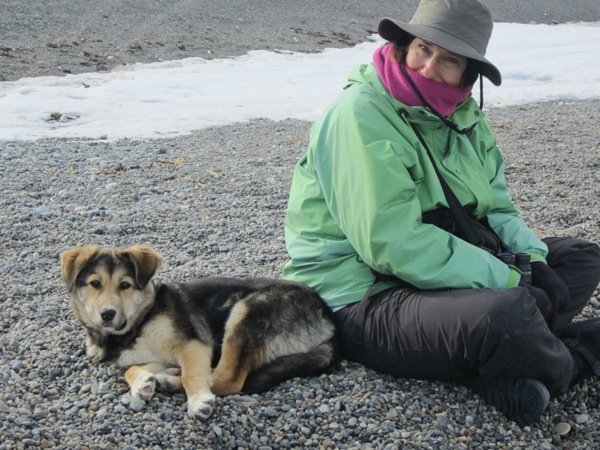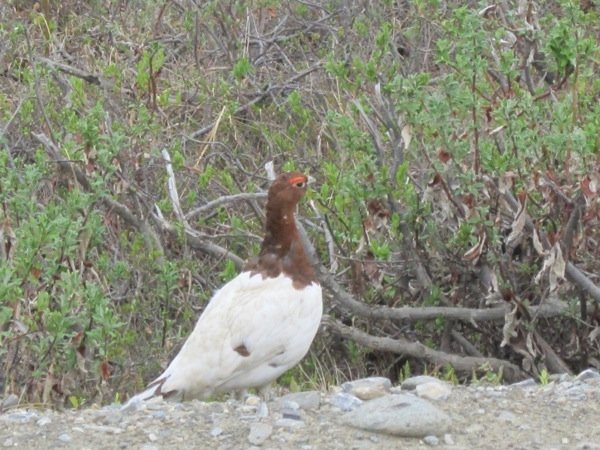
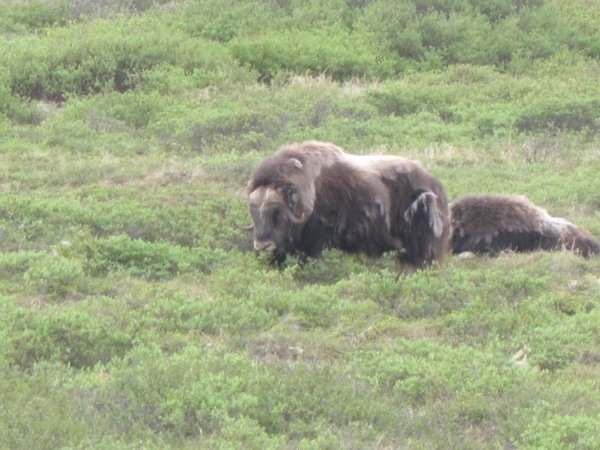
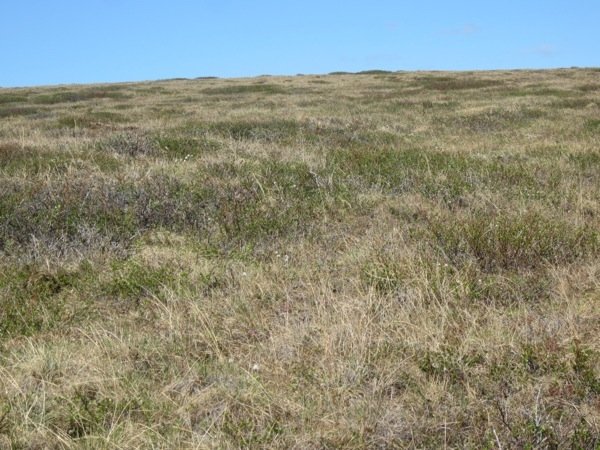
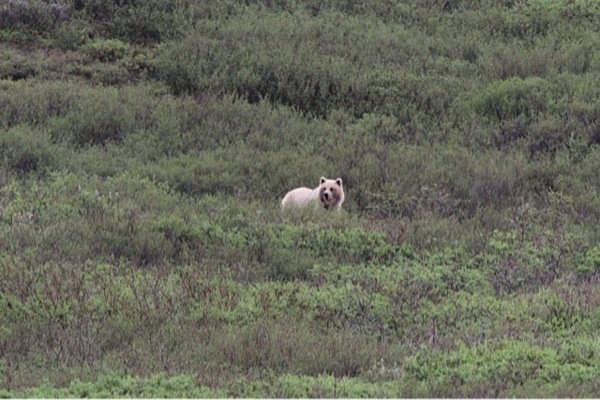
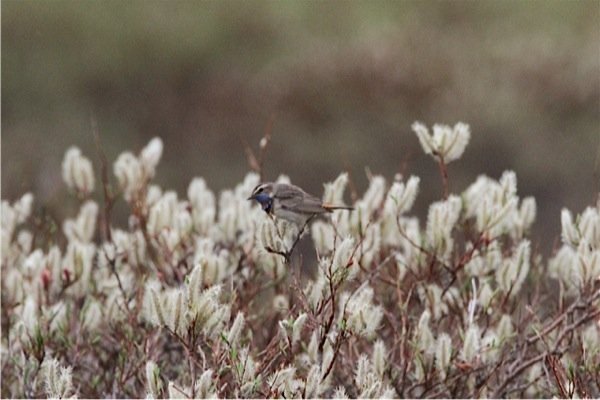
I had the honor of being the faculty speaker at this year's Baccalaureate at Bard College. I began my short talk to this year's graduating class describing a special bird, the Bristle-thighed Curlew. It's a medium sized shore bird that makes an amazing migration every fall from the Yukon to Layson in the Hawaiian Islands without eating or sleeping. That's 2,500 miles. Such determination, such commitment to one's own life is what I was urging onto the young men and women walking into the world with their new degrees. Make your choices and go.
But I also had the idea that if I brought the Curlew into my speech I would be bringing the bird closer to me and perhaps, perhaps, this would bring good luck: I would see the Bristle-thighed Curlew while in Nome.
Our group gathered at 5:50 to head out the Kougarok Road and would return to our hotel only 15 hours later. There are three roads out of town: the Teller road leads to Teller; the Council Road to Council. This road leads approximately 80 dirt miles to nowhere. What it follows is the Nome river, which has carved a wide, broad valley between mountains. The views were spectacular over the tundra. We stopped at many places along the way, finding Arctic Warbler and many Gray-cheeked Thrush. Willow Ptarmagin, the state bird, dotted the edges of the road--we counted 18 as we sped along. Dust swirled into the van, as we all scanned, finding birds--the Long-tailed Jaegers in flight, or the Harrier working the field, or the Golden Eagle, soaring high across the tundra looking for voles. We also stopped for Musk Ox, Red Fox, Moose, grazing the hillsides. On the return, a blond grizzly rambled through the bushes, poking its head out as we strained to catch a look.
This road, this area, is our guide Kevin's domain and he knew just where to stop to find that nesting Gyrfalcon. Through scopes we could see the powerful bird high up on the cliff, sitting on its nest. He knew that the road into a camp area was where we would see Bluethroat, a magnificent little bird with a vibrant blue throat. It flew high into the air and then sailed down into the low bushes, as if parachuting from on high.
It was all like being on a magical animal tour, all of the animals just where they should be. I doubted that finding the Curlew would be as easy. In the materials for this trip they mention the Curlew hike--up to two miles, through hummocky terrain. Both Peter and I started small but focused exercise regimens to get into shape.
We parked at the top of a pass, sloping mountains rising to either side. Our group poured out of the van and I was impressed that all but one--who had been sick all morning--headed to the hills. This included the out of shape and the over-70. I only hope I have such gusto at that age.
The field extended out wide before us as we charged uphill. We spread out, hoping to flush the bird, and from time to time stopped to scan, searching for a head poking through the grasses and low bushes. The walking was a bit treacherous, the hummocks seemingly flat but in fact wobbly, unstable footing. The uneven terrain was perfect for twisting an ankle; there were stories from a previous trip where a woman broke her ankle and the rescue took nearly all night.
Another group of birders arrived, giving us even more mass in the wide field. We saw a raven harassing some birds and that led us all toward the western slopes. Sure enough, within minutes we had our binoculars and scopes on the droopy-billed shorebird. With so many of us in the field, we stayed far back, only getting distant looks. The hunt was not nearly as rigorous as I had imagined and perhaps seeing the bird not as magical as I had hoped. It was a bird that so existed in my imagination--magical because of its name, because that migration had me enthralled, because the lesson I offered to those graduating students was one I wanted to take for my own life--that it was almost sure to disappoint. Walking that wide open field I did not come to any resolutions (except: drink more water; get more sleep). But I felt that quiet elation I feel in empty land, the emptiness giving me hope.
photos: Willow Ptarmigan; Musk Ox; Bristle-thighed Curlew field; grizzley!-photo by Peter Schoenberger; Bluethroat--photo by Peter Schoenberger
